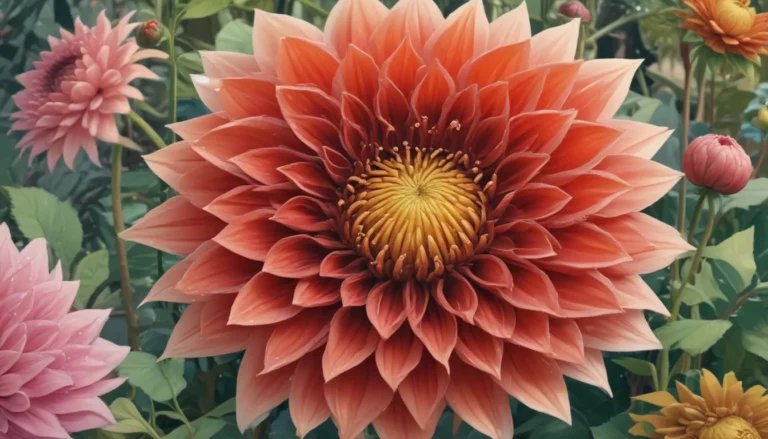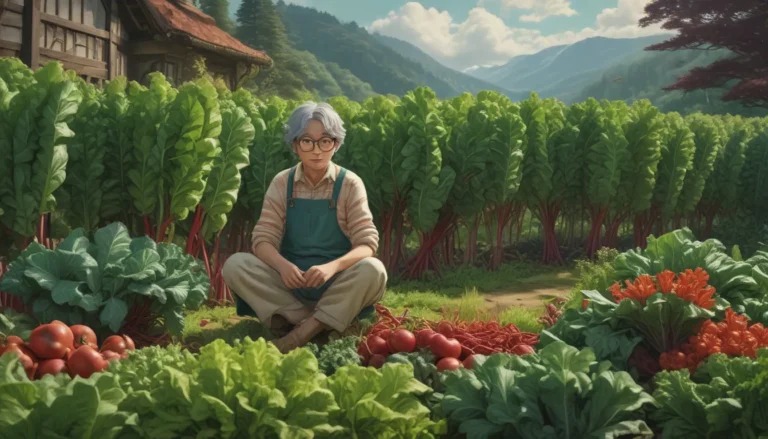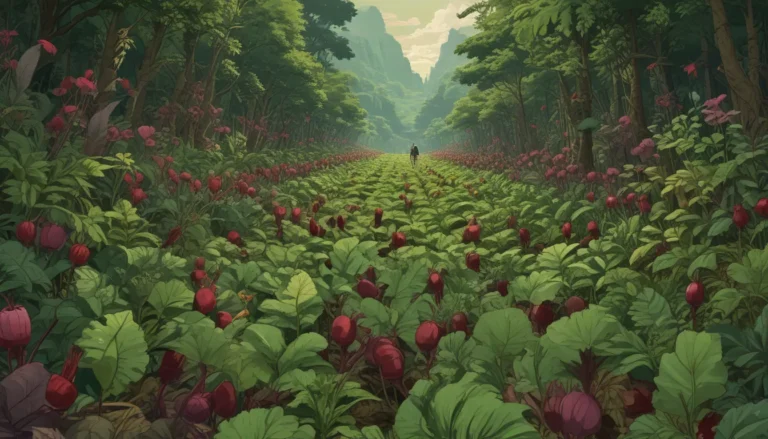Mustard Green Pests and Diseases: How to Prevent and Manage

When it comes to growing mustard greens, slow and steady does not win the race. These leafy vegetables grow quickly, giving them an advantage over other garden vegetables as they can avoid many common pests and diseases. With dozens of varieties available, mustard greens are a popular choice for home gardeners due to their fast growth and spicy flavor.
In this in-depth guide, we will explore how to prevent and manage common pests and diseases that may affect your mustard greens. From identifying aphids, cabbage loopers, flea beetles, slugs, and whiteflies to recognizing anthracnose, bacterial leaf spot, black rot, damping off, downy mildew, and white rust, we will cover it all.
How to Protect Your Mustard Greens
To ensure your mustard greens thrive and are protected from pests and diseases, consider the following preventive measures:
Buy Disease-Free Seed
When purchasing mustard green seeds, ensure they come from reputable sources to avoid introducing pathogens that may be present in infected plants. Saving seeds from healthy plants or obtaining them from reliable seed savers is also a great way to ensure disease-free stock.
Rotate Crops
To prevent the spread of diseases and pests, rotate your mustard greens crop each season to a new location in the garden. By avoiding growing them in the same spot year after year, you can reduce the risk of infections commonly associated with brassicas.
Plant Brassicas Away from Each Other
Mustard greens should not be planted next to other brassicas like kale or broccoli, as they can attract similar pests and diseases. Isolating your mustard greens in a separate area of the garden can help reduce the risk of infestation.
Maintain Soil Moisture
Ensure your soil is well-draining to prevent diseases like damping off, which thrive in compacted or poorly draining soil. Avoid watering from above, as wet leaves can encourage the spread of diseases such as bacterial leaf spot.
Weed Regularly
Weeds can harbor pests and diseases that may spread to your mustard greens. Keeping your garden beds weed-free can help reduce the risk of infestation and maintain a healthy growing environment.
Remove Diseased Plants
If you notice any signs of pests or diseases on your mustard greens, act quickly to remove infected plants. This will prevent the spread of pathogens to other plants and reduce the likelihood of recurring issues in your garden.
Common Mustard Green Pests
Mustard greens attract various pests that may damage or destroy your crop. Here are some common pests to watch out for:
1. Aphids
Aphids can quickly multiply and cause substantial damage to mustard greens by sucking sap from the leaves. To control aphid infestations, consider spraying water or using insecticidal soap or neem oil on affected plants.
2. Cabbage Loopers
Cabbage loopers are larvae that can chew through mustard greens, particularly broadleaf varieties. Natural predators like ladybugs can help control looper populations, or you may need to resort to organic pesticides like Bacillus thuringiensis.
3. Flea Beetles
Flea beetles create small holes in leaves, leading to cosmetic damage on mustard greens. Harvesting early or using food-safe insecticides can help manage flea beetle infestations without compromising the quality of your crop.
4. Slugs and Snails
These slimy pests can feed on mustard greens, leaving behind damaged leaves. Control measures include handpicking, using slug baits, or employing biological controls to manage slug and snail populations in your garden.
5. Whiteflies
Tiny whiteflies can feed on mustard greens, leaving honeydew on the leaves that attracts sooty mold. Insecticidal soap can help control whitefly infestations and prevent further damage to your crop.
Common Mustard Green Diseases
Despite preventive measures, mustard greens are still susceptible to various diseases. Here are some common diseases to watch out for:
1. Anthracnose
Anthracnose can cause small, round lesions on mustard leaves, leading to unsightly or damaged greens. Proper sanitation practices and timely harvesting can help prevent anthracnose infections in your garden.
2. Bacterial Leaf Spot
Bacterial leaf spot results in circular lesions on mustard leaves, eventually causing the plant to become brittle and inedible. Prompt removal of infected plants and avoiding composting diseased material can help prevent the spread of bacterial leaf spot.
3. Black Rot
Caused by Xanthomonas campestris bacteria, black rot manifests as dark blotches on mustard leaves and can lead to plant death. Avoiding wet weather conditions and planting fast-maturing varieties can help prevent black rot in your garden.
4. Damping Off
Damping off attacks young mustard plants at the roots and can be caused by various soil-borne pathogens. Good drainage and proper soil management can help prevent damping off in your garden and protect your mustard greens from this deadly disease.
5. Downy Mildew
Downy mildew thrives in moist conditions and can affect mustard plants, causing yellow patches on the leaves. Proper spacing, weeding, and sanitation practices can help prevent downy mildew infections in your garden.
6. White Rust
White rust is caused by a water mold known as Albugo candida and can leave light-colored pustules on mustard leaves. Crop rotation and planting disease-free seeds can help prevent white rust infestations in your garden.
Conclusion
By following these preventive measures and addressing common pests and diseases in your mustard greens, you can ensure a healthy and bountiful harvest. Remember to monitor your plants regularly, remove diseased material promptly, and employ organic control methods when necessary to protect your crops. With diligence and proper care, you can enjoy a thriving garden full of flavorful mustard greens.
Have you experienced pest or disease issues with your mustard greens? Share your challenges and success stories in the comments below!
For more information on growing mustard greens and managing pests and diseases, check out these helpful guides:
- How to Grow and Care for Mustard Greens
- Must-Have Companion Plants for Mustard Greens (and What Not to Plant Nearby)
- Pick Early and Often: How to Harvest Mustard Greens
In this article, we provided comprehensive information on preventing and managing common pests and diseases that affect mustard greens. By following the outlined preventive measures and implementing organic control methods, you can ensure a successful and healthy harvest of flavorful mustard greens.





